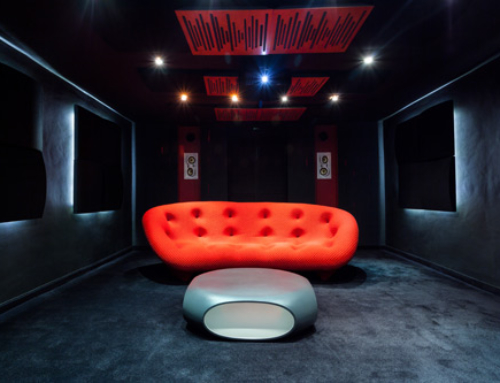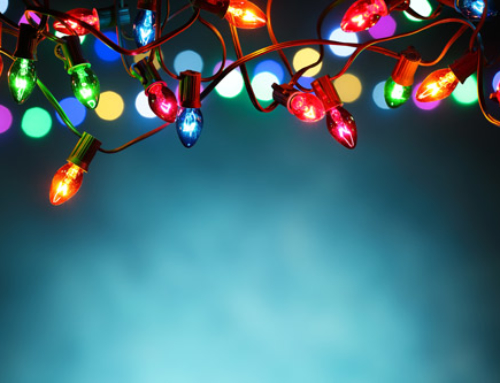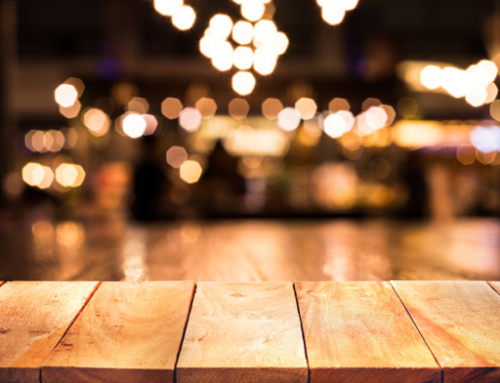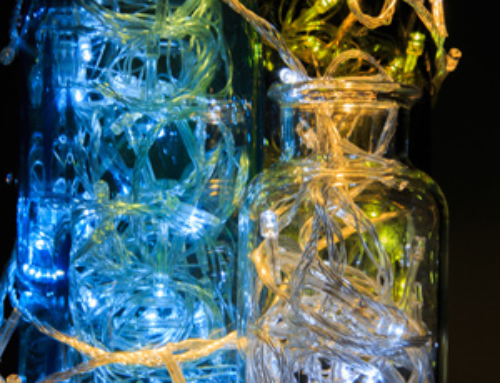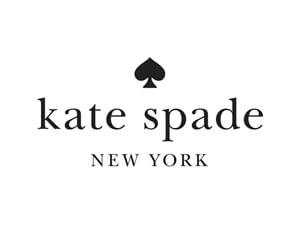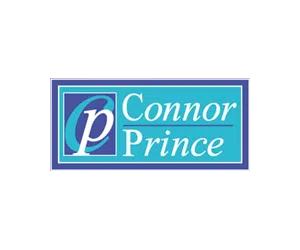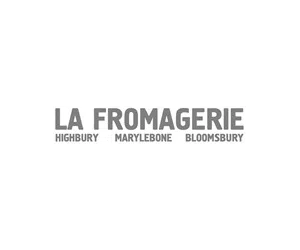When incandescent bulbs were banned, the news made waves in the press. Traditional light bulbs have been phased out in Europe, and they are due to be discontinued in the USA this year.
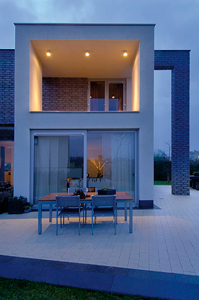
LED Lighting in your home
Low energy compact fluorescent light bulbs have been on sale for some time, yet some people don’t like the look of them, and they do take some time to reach an optimal glow. Additionally, these bulbs contain a small amount of mercury, so they are a hazard if not disposed of properly.
The next phase of lighting technology is the LED bulb: a low-cost, high-brightness alternative. Is it worth switching your bulbs yet again, or is LED incapable of replacing the original light bulb? If you use halogen spotlights, swapping them out might be a good idea.
How LEDs Work
LED stands for light emitting diode. You will be familiar with LEDs if you own a modern set of Christmas lights, since they are mostly manufactured with LEDs.
A domestic LED light bulb normally features a cluster of LEDs to produce a similar shape beam to a regular bulb. Normally, the LEDs themselves are hidden behind a frosted glass dome to diffuse the light, but different LED layouts are available.
LEDs are becoming popular for two main reasons. Firstly, they last for a very long time. Secondly, they are much more energy efficient than even the compact fluorescent bulb. Aesthetically, some people prefer LED bulbs because they can be a little sleeker. It’s also possible to buy LED bulbs that change colour with a remote control, giving you a range of mood lighting options.
The downside is that LED bulbs are a little more expensive than compact fluorescent bulbs, but prices are beginning to fall.
Buying LED Bulbs
When you buy LED bulbs, you should make sure you are buying a like for like replacements. That means checking the following:
- The fitting: bayonet, screw, spotlight and so on
- The bulb wattage and lumen rating (combined, these tell you the amount of light emitted by the bulb)
- The colour of the white light emitted – most bulbs are sold as ‘cool’ or ‘warm’
- Whether the bulb can be used with a dimmer
- Whether you want an automatic sensor to turn the bulb on and off at dusk
Getting this right is important, because a low wattage, low lumen bulb may be fine for a table lamp but could be pitifully dim in a main light fitting. Additionally, the colour of the white light is very important; cool white is great for office space, but warm white is much more suitable for your living room.
If you need advice, contact MD Bespoke for an assessment of your home lighting.
Will You Benefit From LEDs?
LEDs are great for any setting where ambient light is needed. Some are waterproof, so you can use them outdoors and even underwater in a water feature. If using LEDs in place of energy saving bulbs in the home, you should notice a healthy saving in your electricity bills compared to ‘energy saving’ compact fluorescents.
Switching makes sense, providing you are prepared for the initial outlay. According to a report in The Guardian, LEDs can pay for themselves within two years. And if you swap out those halogen down lighters for LEDs, you could save more than £260 per year.

